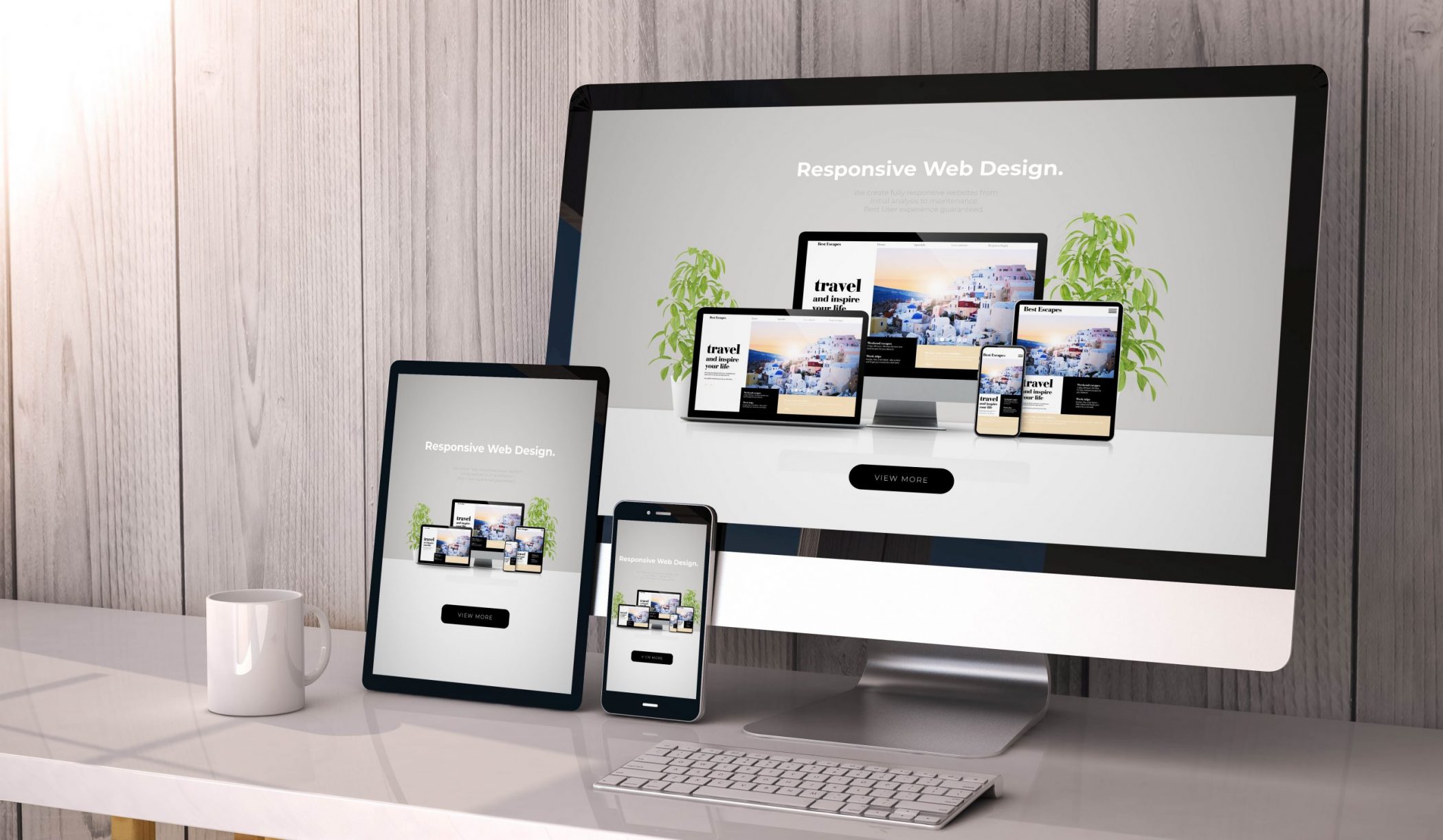How Web Design Affects User Engagement and Conversion Rates
How Web Design Affects User Engagement and Conversion Rates
Blog Article
Just How Effective Internet Layout Can Increase User Experience and Conversions
In the significantly affordable digital landscape, efficient web design plays a critical role in boosting customer experience and driving conversions. As we check out the essential elements that add to effective internet style, it becomes apparent that the effect on user satisfaction and conversion rates is profound.
Significance of User-Centric Style
In the realm of web design, prioritizing user-centric layout is vital for producing efficient electronic experiences. This method concentrates on recognizing the requirements, preferences, and habits of users, ensuring that electronic interfaces are available and instinctive (Web design). By integrating customer comments right into the style procedure, web developers can craft experiences that resonate with their target market, ultimately bring about boosted engagement and contentment
User-centric style stresses usability, which is crucial for reducing and keeping users bounce rates. When customers can navigate an internet site effortlessly, they are extra likely to explore its material and convert right into customers. Furthermore, a user-centered method fosters trust and reputation, as individuals feel that their demands are valued and dealt with. This not just improves their experience but likewise encourages brand loyalty.

Secret Aspects of Reliable Design
Effective layout functions as the foundation of user-centric internet design, converting user needs into visual frameworks that help with communication. An efficient format prioritizes material with a clear hierarchy, assisting users' eyes to essential information. This pecking order is typically developed utilizing shade, size, and spacing, ensuring that important aspects stand apart.
Another crucial element is using whitespace, which stops overcrowding and boosts readability. Web design. Whitespace permits elements to breathe, making the overall layout appear cleaner and much easier to navigate. In addition, uniformity in design components, such as shades and font styles, fosters knowledge and depend on, allowing customers to navigate the website with higher convenience
Grid systems can likewise be indispensable, providing a structure that aligns material realistically and cosmetically. This positioning boosts the individual experience by developing a structured aesthetic flow. Versatility in design-- like receptive design-- ensures that web sites perform well throughout various gadgets, providing to varied user choices.
Inevitably, an efficient layout not just mesmerizes users but additionally encourages them to engage even more deeply, ultimately meeting and driving conversions company objectives. By concentrating on these key components, designers can develop layouts that resonate with individuals and boost their total experience.
Navigational Best Practices
Clear and user-friendly navigating is important for improving individual experience on an internet site. A well-structured navigation system allows users to discover info swiftly, which straight influences their complete satisfaction and probability of conversion - Web design. Applying an ordered framework is crucial; make use of groups and subcategories that logically team relevant web content, making it less complicated for site visitors to discover
Uniformity in navigating components is likewise crucial. Make certain that links, switches, and food selections preserve uniformity in vogue, shade, and positioning across all pages, offering users with an acquainted structure as they browse. In addition, use detailed tags for navigation items. As opposed to common terms, select clear tags that properly show the content, assisting individuals in making informed choices.

Mobile Responsiveness and Ease Of Access

Availability, on the other hand, focuses on making websites useful for individuals with impairments. This consists of adhering to guidelines such as the Internet Material Availability Standards (WCAG), which address issues like shade contrast, message size, and keyboard navigation. By carrying out these standards, internet designers can create comprehensive experiences that cater to a broader audience, thus enhancing customer engagement and satisfaction.
In addition, mobile responsiveness and access not only improve individual experience yet also favorably influence online search engine positions. Internet search engine focus on mobile-friendly and available internet sites, making them more probable to show up in appropriate search results page. Spending in these facets of internet design not only meets user requirements however likewise adds to total service success through boosted presence and enhanced conversion prices.
Determining Success With Analytics
Tracking user communications and habits through analytics is essential for evaluating the success of a site. By leveraging devices such as Google Analytics, companies can gather important data that reveals how users involve with their website. Metrics such as bounce prices, typical session duration, and conversion prices give understandings right into user behavior and can highlight locations for renovation.
Recognizing customer demographics and web traffic sources even more improves a web site's efficiency. This information enables web designers to tailor content and design aspects to better fulfill the requirements of their target audience. Additionally, tracking details customer journeys aids determine potential traffic jams in the conversion funnel, enabling organizations to enhance their website design appropriately.
A/B screening various design aspects can give why not check here concrete evidence of what resonates with individuals, permitting for educated decisions based on real-world performance. Eventually, gauging success through analytics not only improves individual experience yet also drives conversions, making certain that web style initiatives straighten with company purposes.
Conclusion
In final thought, efficient internet design plays a pivotal duty in boosting individual experience and driving conversions. Inevitably, gauging success via analytics enables for continual enhancement, guaranteeing that design methods stay aligned with customer demands, consequently promoting company development and success.
In the progressively competitive electronic landscape, efficient internet style plays a critical duty in improving user experience and driving conversions. By incorporating individual feedback right into the style procedure, web designers can craft experiences that reverberate with their target audience, ultimately leading to raised involvement and complete satisfaction.
Ultimately, the significance of user-centric style lies in its ability to produce meaningful communications that drive conversions and foster long-term connections with users, making it an indispensable element of effective web layout techniques.
Inevitably, measuring success via analytics not only improves customer experience however additionally drives conversions, guaranteeing that internet design initiatives align with service objectives.In final thought, effective web layout plays Look At This an essential role in boosting user experience and driving conversions.
Report this page